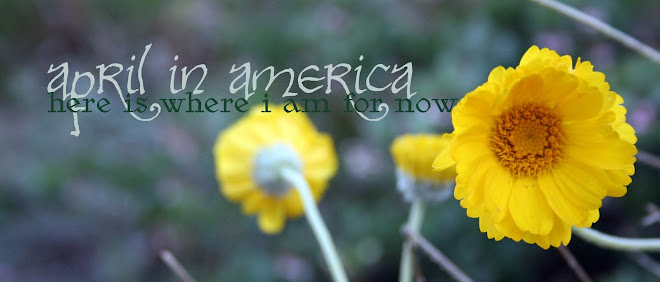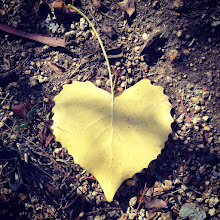I know that some people think the word "retreat" is not fitting for retreats. I've heard them called "advances" or "work" or other things. I'm not a particularly martial person, but i do know that a retreat is not a bad thing. Routs are bad things. Retreats are strategically important in order to regroup and re-attack. So.Semantics aside, a friend and i went on a solitude retreat together (ha, we carpooled and shared a room) to a monastery and retreat house in Santa Barbara called Mount Calvary. I went with a stack of four books, seven letters to write, my journal in which i hadn't written since September, and knitting. I accomplished: one letter, one journal entry, and a completely different book that i hadn't intended to read but found in the library there.This is the main entrance to the monastery and retreat house. We rang the doorbell and entered (as a small hand-calligraphed sign directs) and Will, a spry 82-year-old monk, greeted us and showed us our room. It felt very peaceful from the first step in.
The grounds are scattered with benches all over the place, some in secluded nooks, some with sweeping vistas of the Channel Islands. In the early morning and evening, bunnies hop around. The monks compost and garden and use little pesticides, so there are songbirds flitting about too. I saw two great horned owls one night; they were hooting right outside the reading room very loudly.
This is part of the lower garden. It's left kind of wild and Italianate, a cheerful mix of herbs, fruit, and flowers, and it smells good. Lots of hummingbirds and other birds around.
One of the many trails led to a few benches near this carved wooden cross.
I went with an idea of how to spend my time: full, busy, cramming in knowledge. Instead, i spent several hours the first evening just being quiet, reading a few Psalms, and being still. I craved that during the past quarter, and i will probably crave it during the next quarter no matter how disciplined i try to be with time management, so i think it was good that i didn't meet my idea of a successful retreat. I'll be back. I'll probably take a stack of books again too, but i'll be happy again if i am quiet with God and am reminded that above all, i am His, His workmanship created for His work, and not my own.
 Highway 133, from Laguna Beach field trip. The dark smudge is a ding in my windshield, a result of not-so-courteous sharing of the road with gravel trucks.
Highway 133, from Laguna Beach field trip. The dark smudge is a ding in my windshield, a result of not-so-courteous sharing of the road with gravel trucks.
















